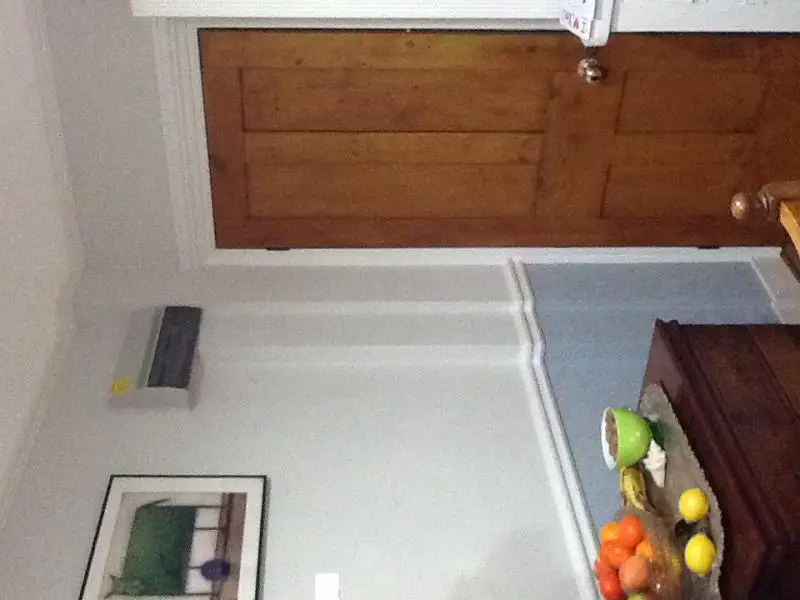Hello
I've recently moved house and I am starting to decorate rooms up.
I want to have the ability to run cables between the ground and first floor not just now but in the future.
I'm planning on sinking some sort of conduit into one of the walls and accessing the top just under the floor board in the landing to then pass it through cables into whatever room upstairs. Also to have some sort of access near or on skirting at the bottom to then pass though into the skirting towards the Alarm box, networking hub, master telecom box, Sky etc...
A few questions...
1. can anyone recommend any specific conduit (+ all other related items like inspection box etc) that will accommodate a reasonable amount of cabling that can also be sunk into walls?
2. Can anyone recommend a good wire/metal wall detector? Lot's of reviews I have read seem to suggest that these devices aren't that accurate.
3. Anyone have clever tips or solutions about having a flexible way of adding / removing / directing cables in a residential house? I have no idea but thought I would ask anyway!
Thanks
I've recently moved house and I am starting to decorate rooms up.
I want to have the ability to run cables between the ground and first floor not just now but in the future.
I'm planning on sinking some sort of conduit into one of the walls and accessing the top just under the floor board in the landing to then pass it through cables into whatever room upstairs. Also to have some sort of access near or on skirting at the bottom to then pass though into the skirting towards the Alarm box, networking hub, master telecom box, Sky etc...
A few questions...
1. can anyone recommend any specific conduit (+ all other related items like inspection box etc) that will accommodate a reasonable amount of cabling that can also be sunk into walls?
2. Can anyone recommend a good wire/metal wall detector? Lot's of reviews I have read seem to suggest that these devices aren't that accurate.
3. Anyone have clever tips or solutions about having a flexible way of adding / removing / directing cables in a residential house? I have no idea but thought I would ask anyway!
Thanks


